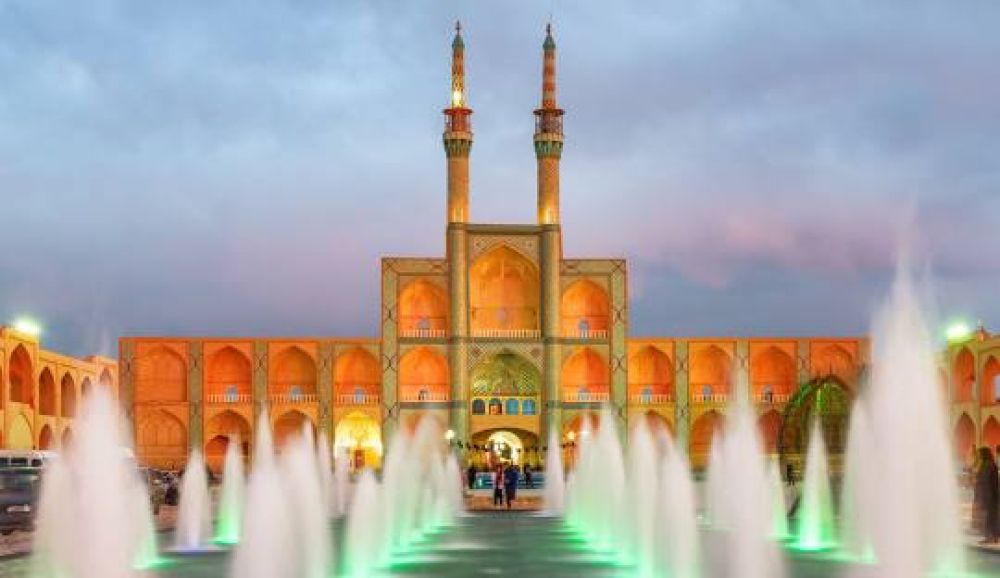

The Amir Chakhmaq Complex stands as a stunning exemplar of Persian architecture in Yazd, a city known for its captivating desert landscape and ancient history. To experience the grandeur of this historical establishment at its best, it is advisable to visit during the cooler months, which run from October to April. During this period, the desert climate is most bearable, presenting visitors with pleasant temperatures that range between 8°C and 20°C (46°F - 68°F). The milder weather allows for extended exploration of the complex and its surroundings without the discomfort of the scorching summer heat. These months also offer the chance to witness events such as the Persian New Year, Nowruz, which occurs in March, and can provide an enriching cultural experience.
Moreover, traveling in the off-peak season, particularly from November to February, means fewer tourists and more peaceful moments to enjoy the intricate details of Amir Chakhmaq's façade and the serenity within the mosque and surrounding bazaars. However, bear in mind that the winter months also coincide with the shortest days, and visiting the site early in the day is recommended to make the most of the natural daylight. The luminous glow of the structure is beautifully showcased during the golden hours of sunset, a sight of particular beauty and one not to be missed. No matter the month of your visit, it's a place where the tapestry of Iranian history and culture is vividly displayed for all who wander through its ancient alleys and archways.
| Month | Min Temp | Max Temp |
|---|---|---|
| January | NA | 10 °c |
| February | 1 °c | 13 °c |
| March | 5 °c | 18 °c |
| April | 11 °c | 25 °c |
| May | 16 °c | 32 °c |
| June | 22 °c | 38 °c |
| July | 24 °c | 40 °c |
| August | 23 °c | 39 °c |
| September | 19 °c | 35 °c |
| October | 13 °c | 28 °c |
| November | 6 °c | 20 °c |
| December | 2 °c | 12 °c |